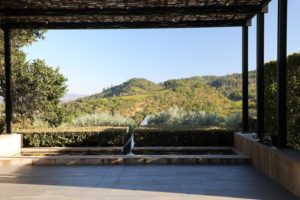
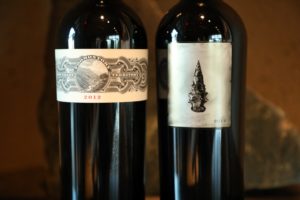
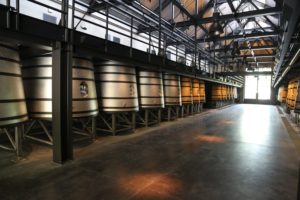 Promontory. Long time Napa Valley vintner and proprietor of Promontory, Bill Harlan first discovered a unique piece of property located between Oakville and Yountville in the mid 1980s while hiking a ridge trail in the Mayacamas mountains. These mountains form the western side of Napa Valley and are the site for his two other properties, Harlan Estate and BOND.
Promontory. Long time Napa Valley vintner and proprietor of Promontory, Bill Harlan first discovered a unique piece of property located between Oakville and Yountville in the mid 1980s while hiking a ridge trail in the Mayacamas mountains. These mountains form the western side of Napa Valley and are the site for his two other properties, Harlan Estate and BOND.
Looking out over this unique part of Napa Valley, a region that few people will see based on its rather isolated location, Harlan reflected on a word that might best describe his overlook. He began referring to the view he saw from the ridge, as a promontory, referring to a point of land that juts out overlooking something below – usually a body of water but in this case a tiny valley with vineyards. And in reflecting on the vineyard’s location, he calls it ‘the territory’ a fitting description considering Mr. Harlan’s fascination with history. It is a word that perhaps labels the land as an outlier and a tribute to its contiguous size.
Vineyards were initially planted here in the 1980s with additional plantings in the mid 1990s overseen by Girard Winery. Mr. Harlan purchased the vineyards in 2008 and in 2010 purchased another section of the property for a total of just under 900 acres.
Promontory rounds out what is now a trilogy of Harlan owned Napa wineries including Harlan Estate and BOND. Among of sea of significant ongoing Napa winery and vineyard changes in ownership, Bill Harlan subscribes to what he calls the ‘200-year plan’. Inspired by generationally owned wineries in Europe, he always acts with his feet squarely planted in the present but with an eye on the future. He has studied some of Europe’s most successful wine families and taken heed of those who have failed. Passing on leadership to the second generation has already happened; his son Will Harlan is Managing Director at Promontory.
Vineyard Site
While physically isolated and surrounded by forests and rugged often steep terrain, the site is relatively not that far from the valley floor (takes maybe 12-15 minutes to reach by car). From Promontory the northern reaches of the property are only about 2 miles due south. Nearby neighbors including Dominus, Blankiet and Martha’s Vineyard with BOND and Harlan Estate located just to the north.
Currently approximately 50 acres of the site are under vine with the majority planted to Cabernet Sauvignon with small blocks of Malbec, Petit Verdot and Cabernet Franc including a number of blocks that have more recently been replanted. Ultimately the goal is to have 65 to 70 acres under vine (less than 10% of the total acreage). Each year the vineyards are harvested in 60 to 90 separate lots.
The property can be challenging to manage due to its often-steep terrain (15-to-30-degree slope), yet exciting at the same time due to its diversity of soil types and exposures. A vein of volcanic soils run through their lower vineyard, parts of the vineyard are planted on sedimentary soils and the majority of vines grow on metamorphic soils. This is a rare site where all three major soil types converge. Also unique for a vineyard planted in the Mayacamas mountains are the amounts of exposure this site has – a remarkable 360 degrees in some cases.
The vines are dry farmed and are very much tended to by hand by their own team of vineyard workers. This is among the largest hillside dry farmed vineyard in Napa Valley; for reference, other dry-farmed hillside properties of size include Pym-Rae on Mt. Veeder and Jasud Estate on Diamond Mountain.
Winery
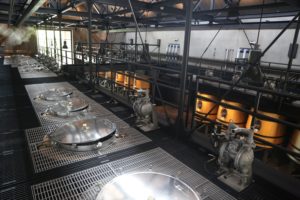
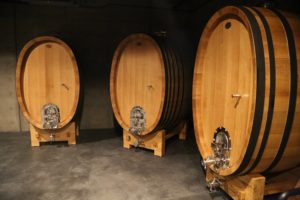
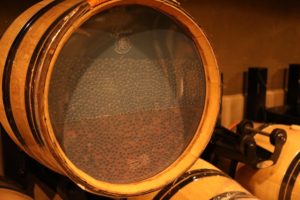 Our first visit to the winery property was many years ago when it was operating as Diamond Oaks Winery; the founder of Diamond Oaks Winery, Dinesh Maniar purchased this Oakville property in 2003. Maniar was originally from Bombay and acquired his first property south of Calistoga in the late 1970s. It was this north-valley property which inspired the name of his winery in Oakville because of the oak trees growing on site and the fact it was partially located in the Diamond Mountain sub appellation.
Our first visit to the winery property was many years ago when it was operating as Diamond Oaks Winery; the founder of Diamond Oaks Winery, Dinesh Maniar purchased this Oakville property in 2003. Maniar was originally from Bombay and acquired his first property south of Calistoga in the late 1970s. It was this north-valley property which inspired the name of his winery in Oakville because of the oak trees growing on site and the fact it was partially located in the Diamond Mountain sub appellation.
Before that, this Oakville property was home to La Famiglia di Robert Mondavi which was open to the public at the time for tastings focusing exclusively on Italian varieies, and prior to that, a production facility built in 1982 called Vichon, eventually owned by Robert Mondavi Winery. Vichon was named by combining the last names of the primary partners at the time, Dr. George Vierra – died in 2024 (Vi) and Brucher (ch) and Watson (on). Vichon’s first vintage was in 1980 and their first wine from the estate was produced in 1986. Napa winemakers Michael Weis and Karen Culler used to oversee their winemaking.
The estate is 20 acres perched in the hills with great views mostly to the south overlooking Napa Valley. Five acres of vines are planted on site but these grapes are not used in the Promontory wine.
The winery is the creative work of both the Promontory team in conjunction with Backen, Gillam & Kroeger Architects (the same firm that also designed Harlan and BOND). The winery is built to match the diversity of their vineyards. Their spaces are a visually intriguing union of both functionality and presentation.
The Fermentation Hall looks like it is from another era; while modern it has a feel of a time harking back to the Industrial Revolution perhaps. And during harvest the resulting sounds of employees working, mimic that era. As equally appealing as the visual aspects are the functions housed within its confines. During harvest, a hopper can be attached to a crane and overhead rail system which then will be delivered to a specific tank. 30+ small lot custom made tanks are housed here including a mix of both concrete and wood. Individual lots are picked to match the sizes of their tanks.
To further micromanage what the wine making team calls the “corners and angles” of their vineyard, the pieces that are often too small to fit into tank, go into barrel for fermentation in a separate barrel room. The number of barrels they choose to use really depends on every vintage. Some vintages experience very even ripening while other vintages showcase the diversity of their vineyards. The barrels sit on OXOline® rollers and are rotated in full several times a day during fermentation. The barrel fermentations are slow – rather than a quick extraction of color, flavor and tannins from the skins, these components are slowly infused into the wine over time.
In what is certainly quite unique in Napa Valley is their approach to aging wines. Rather than aging in traditional wooden barrels they age the wine in 820-gallon wooden casks that were made by Stockinger in Austria from wood from 200 year old trees. Prior to the construction of the casks, Stockinger ages the staves outdoors for up to 10 years. The wines age slower here and are not as influenced by the oak in such a short time as compared to aging in barrels.
In 2020 a small earthquake jarred a massive rock loose from the ridgeline next to their vineyards. The team cut this rock in half; one half broke but the other half was still intact. This 13,000 pound metamorphic rock was polished on the top exposing the beautiful interior of the stone. It was moved into the cask room and is now the centerpiece. Walking in the fermentation and barrel rooms is a calming experience; these rooms are dimly lit, are always kept at a cooler temperature and are quiet spaces.
The wines are on an up to 5-year aging program so current releases are typically released 5 years after their vintage date. The casks were introduced starting with the 2012 vintage. Vintages to date have ranged from 1,000 cases to approximately 1,400 cases. Ultimately when more vineyards are planted production will increase to around 3,000 cases.
Significant thought went into choosing their wine making equipment including the space, the tanks, the use of barrels and the ease of moving equipment around, all reflect a philosophy that puts a strong emphasis on being flexible. Wine making is not rigid; it is a canvas which is painted differently every year and the winery and its operations, certainly reflects this philosophy.
The winery was fully functional in time for the 2016 harvest.
Hospitality
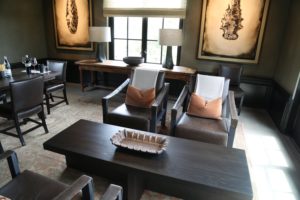
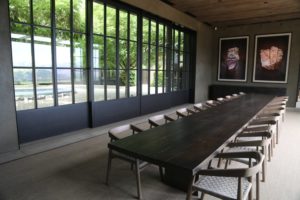 In a unique offering for a Harlan owned winery, hospitality is an important part of Promontory. Guests pass through a thick iron walled gate which opens upon check-in from a keypad next to the entrance. Upon pulling into the parking lot, guests are greeted by one of the Promontory wine hosts. Visitors are treated like family with highly personalized visits and are always one on one experiences. Visits start with an overview of their philosophy on terroir and the uniqueness and importance of their particular vineyard site. Views from the property are exceptional primarily to the south including overlooking both Harlan Estate and BOND.
In a unique offering for a Harlan owned winery, hospitality is an important part of Promontory. Guests pass through a thick iron walled gate which opens upon check-in from a keypad next to the entrance. Upon pulling into the parking lot, guests are greeted by one of the Promontory wine hosts. Visitors are treated like family with highly personalized visits and are always one on one experiences. Visits start with an overview of their philosophy on terroir and the uniqueness and importance of their particular vineyard site. Views from the property are exceptional primarily to the south including overlooking both Harlan Estate and BOND.
Guests are taken into the winery and aging room. Visits are highly informative, are at your own pace and are tailored to your own interests. A visit offers a rare insight into one of Napa Valley’s most innovative and premium wineries. Your experience culminates with a tasting of both a library wine and a newer current release. Visits are for collectors and serious wine enthusiasts. Allow at least 90 minutes for a visit.
With a sizable commercial kitchen on site and plenty of intimate space they cater to select private events (often corporate).
Wines
After acquiring the property in 2008 Promontory produced wine later that year. While still learning the nuances of the property and not yet managing the vineyard for a full year, they elected to not release wine this year. However the extremely limited production 2008 vintage was exclusively sold at the winery. 2009 was the first harvest fully under their control and is their first release.
The wines are fermented using indigenous yeast. Based on their style these are wines that will age extremely well. The Promontory wines typically contain small amounts of Malbec and Petit Verdot. Two wines are created each year, the flagship Promontory and Penultimate which include grapes from blocks which are not quite ready for the Promontory bottling. But grapes for both wines are from mature vines. The Promontory wines tend to be more reserved upon their release and need more time to develop while Penultimate offers more generosity in its youth. And the Penultimate wines are produced in lower amounts – usually 600-700 cases each vintage.
Promontory
The 2017 Promontory is deep ruby in color; the bouquet is minerally and offers an aromatic chalkiness initially along with petrichor. The soils are clearly expressing themselves. However, there are plenty of other aromatic layers at play here including of violets, lavender, dried herbs, cassis, blackberry, blueberry and black currant. Its aromatics are somewhat savory. This particular vintage needed a few years to become fully integrated both on the bouquet and the palate and was showing particularly well 6 years post vintage at the time of our most recent tasting. The texture of this bottling is one of it’s hallmark characteristics, featuring rounded, resolved, chalky and broadly distributed tannins across the palate. The finish lingers with a light drying character, dried tobacco leaf and dried herbs.
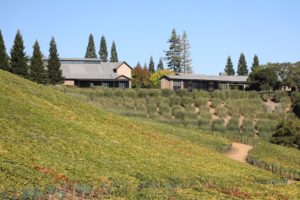
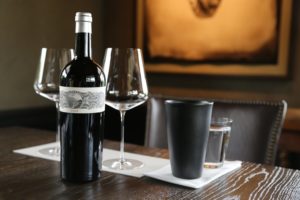
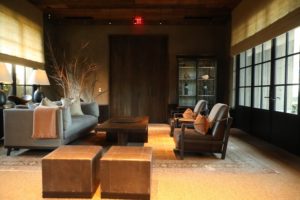 The 2012 Promontory reveals notes of red cherry, chocolate, toasted cedar and blueberry. The wine is seamless across the palate with a texture that is highly appealing which is supple yet dense at the same time. Flavors of blackberry lead to a lively finish. The tannins show on the front of the palate initially and quickly build their structure persisting for some time on the finish. This is a full bodied but very balanced bottling.
The 2012 Promontory reveals notes of red cherry, chocolate, toasted cedar and blueberry. The wine is seamless across the palate with a texture that is highly appealing which is supple yet dense at the same time. Flavors of blackberry lead to a lively finish. The tannins show on the front of the palate initially and quickly build their structure persisting for some time on the finish. This is a full bodied but very balanced bottling.
The 2009 Promontory (inaugural vintage) is deep ruby in the glass. It opens to a powerful bouquet which is exceptionally well layered. It shows notes of ripe blackberry covered in dust, aromas of an older cedar box and hints of tobacco spice. As the wine breathes the aromas become more elegant with a sweetness of fruit showing complemented by vanilla. The wine is nicely balanced across the palate with bright acidity. Fairly refined on the finish, the tannins linger for some time but do not dominate. This wine clearly has a lot of life ahead of it still.
Penultimate
The 2019 Penultimate is deep ruby in the glass; there is an intriguing aromatic sweetness of both floral characters and fruit on the bouquet that we have not noticed on the several Promontory bottlings. It offers aromas of dark raspberry, blackberry and blueberries accompanied by scents of rose petals, violets and lavender. It also offers a note of the resulting smell of pouring cold water on slate sitting in the sun during particularly hot weather. The palate reveals flavors of plum and dark raspberry paralleled by a noticeable density of ripe tannins which ultimately outpace the fruit on the finish. There texture is gravelly, grainy and dusty with a lingering dry character.
For more information, to schedule a visit to the property and to join their allocation list, visit: www.promontory.wine
Old Diamond Oaks Winery (we provide these photographs below for historical reference)
#TasteWithKaren Live Promontory–Will Harlan
Live NOW on #TasteWithKaren with Will Harlan, Managing Director of Promontory, the newest of the acclaimed Harlan wineries in the #NapaValley.
Posted by Karen MacNeil on Saturday, June 6, 2020

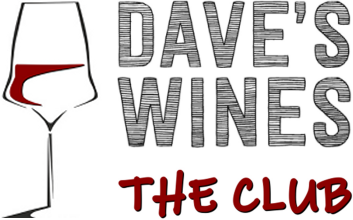




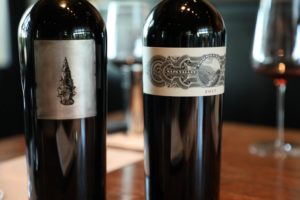
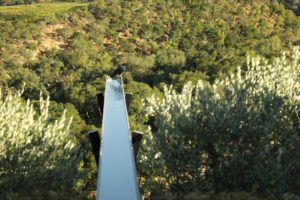
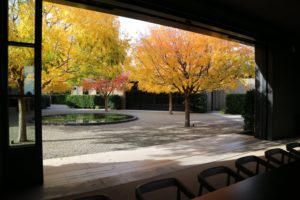
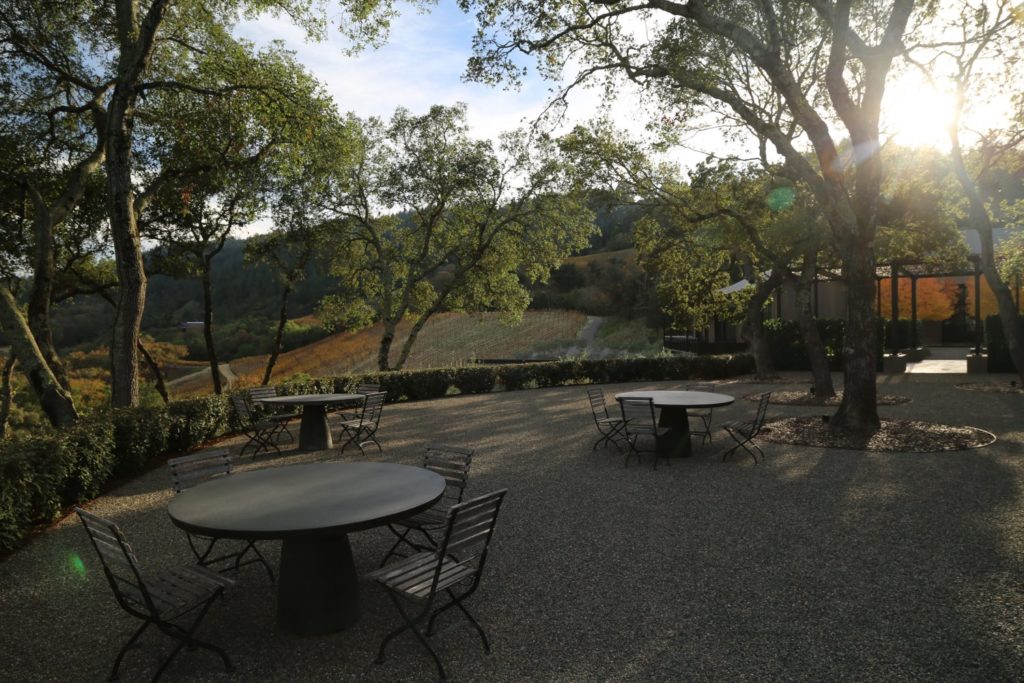
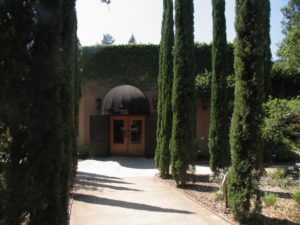

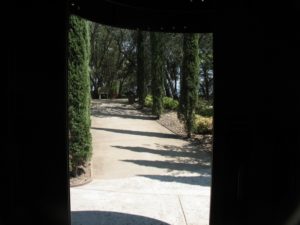
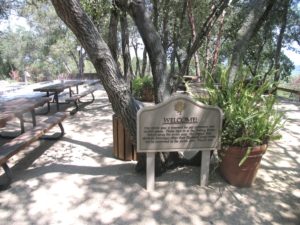
We have been communicating with Nikita at Mascot to look for a special place during my birthday celebration in January, 2020. Is it possible to plan a tasting and tapas on January 11 or 12? There will be 20
Of our guests . I look forward to your reply.
Paulette Barrett Matson
Paulette – I hope you were able to connect with Nikita 🙂